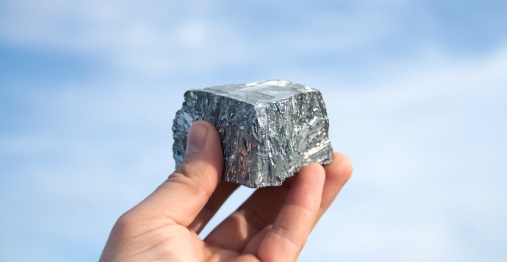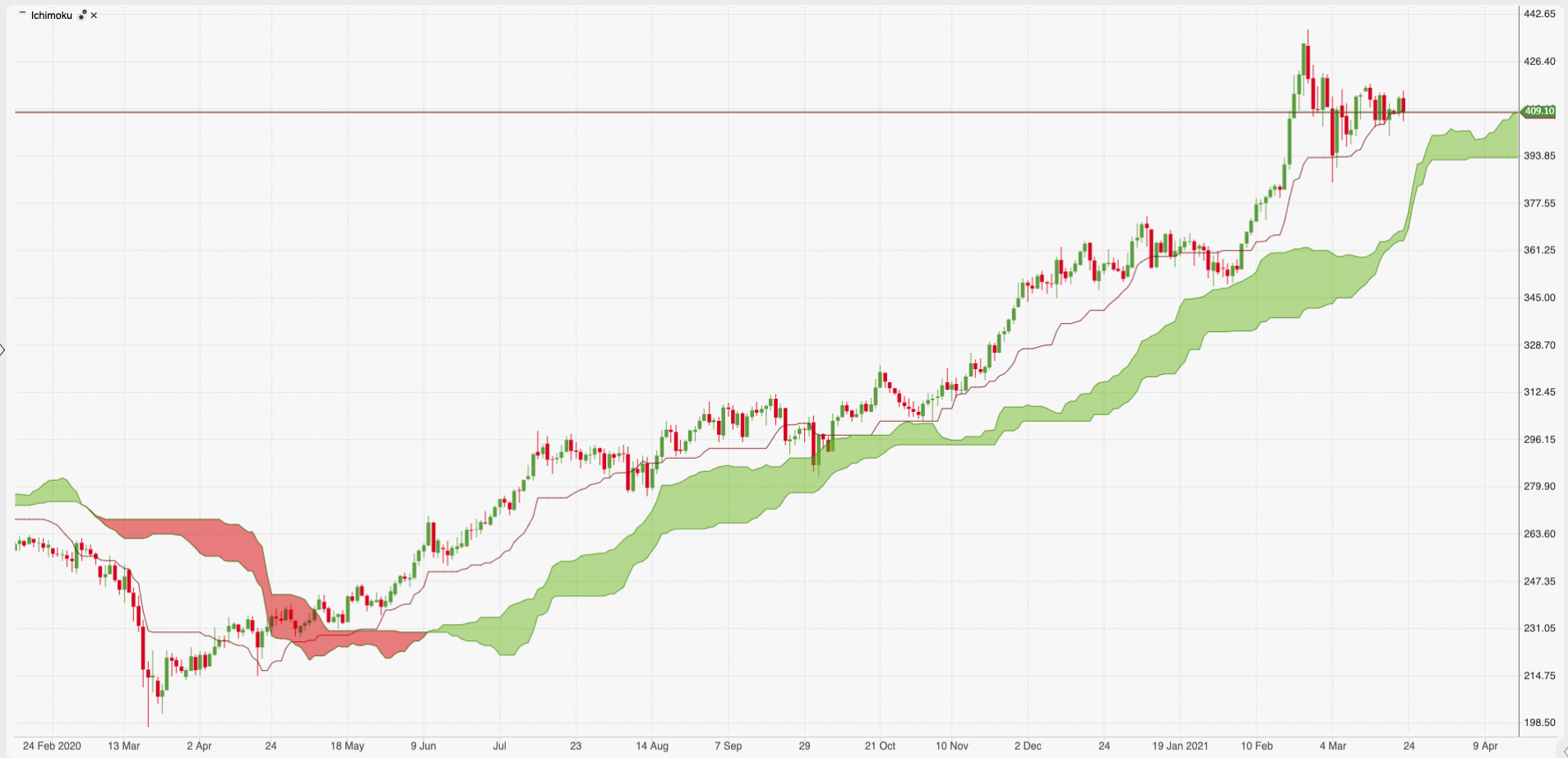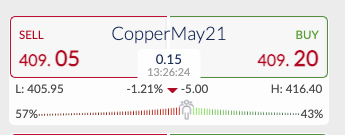Zinc is literally everywhere. It is in us, in the earth’s crust, in the buildings we build, in the batteries of our electronic vehicles. The earth’s crust contains about 75 ppm (0.0075%) of zinc, making it the 24th most plentiful element.
Before the day we are born, western medicine practitioners recommend mums to be, to take a prenatal supplement that will contain added zinc. It is one of the most effective minerals to take alongside Vitamin C to help prevent catching a common cold and generally boosts your immune system. In 2020 President Trump declared that he had been taking a zinc supplement daily to protect himself against the novel coronavirus, which although did not prevent him from contracting the disease, may have helped in the miraculous speed in his regain to full health.
Of the four most used metals, zinc comes in 4th behind, iron, aluminium, and copper and according to a United States Geological survey the annual production of zinc amounted to approximately 13 million tonnes. Zinc does not degrade and 30% of all production comes from recycling, with the Special High-Grade zinc coming straight from the mine. And according to the International Zinc Association, they estimate that 60% of all produced zinc is still in use.
The largest exploited deposits are found within China, Australia, and Peru, which makes sense when considering where you find Copper you also find other base metals such as zinc.
Extracting Zinc from the dirt is a process known as extractive metallurgy, which results in a zinc sulfide which is then roasted to create a zinc oxide. The bi-product of the zinc oxide is, which itself is used in creating sulphuric acid. The sulphuric acid plays a part in leaching zinc from ore concentrate before being recycled after electrolysis, leaving the zinc reduction.
The limited storage sulfur dioxide capacity of sulphuric acid at the smelters is a bottleneck that can impede the production of zinc. The big consumers of sulphuric acid like the fertiliser industry were obviously affected by the economic lockdowns during 2020, so the smelters at one point would have had to balance producing zinc or waiting for demand in sulphuric acid to pick up and also having enough employees to truck the acid off-site, in doing so, making further room in their capacity to store the acid.
China is by far the largest consumer of zinc, with over 50% share of the market, with the USA coming in second but only using 7% of the total stock. Zinc consumption is 60% used in galvanising, 13% in die-cast alloys, 11% Brass and the rest in semi-manufacturing products, oxides and chemicals.
Zinc’s usage within galvanised steel makes it heavily correlated to the construction industry and to a lesser extent the transportation industries. Due to the covid-19 situation and China’s dominance in the zinc market, global zinc consumption dropped by 5.5% in 2020 but so far in 2021, there has been a 4% rise in consumption.
In 2019 inventories of zinc had risen as miners produced more and sold into the market as the price of zinc rose to trade as highs as $3,500/tonne. With the slowdown in inventory build during the Chinese lockdown, supply remains quite tight as the 2020 levels did not get above the prior 6-year average and 2021 levels are only slightly higher than 2020 year-on-year. Supply should rebound in 2021, as the word is that there is a reflation trade. China’s stimulus policies have a lot of influence over the zinc and base metals market as depending on whether they go the infrastructure route or the tax cut route changes on how much demand is created for the metals or for consumers to spend.
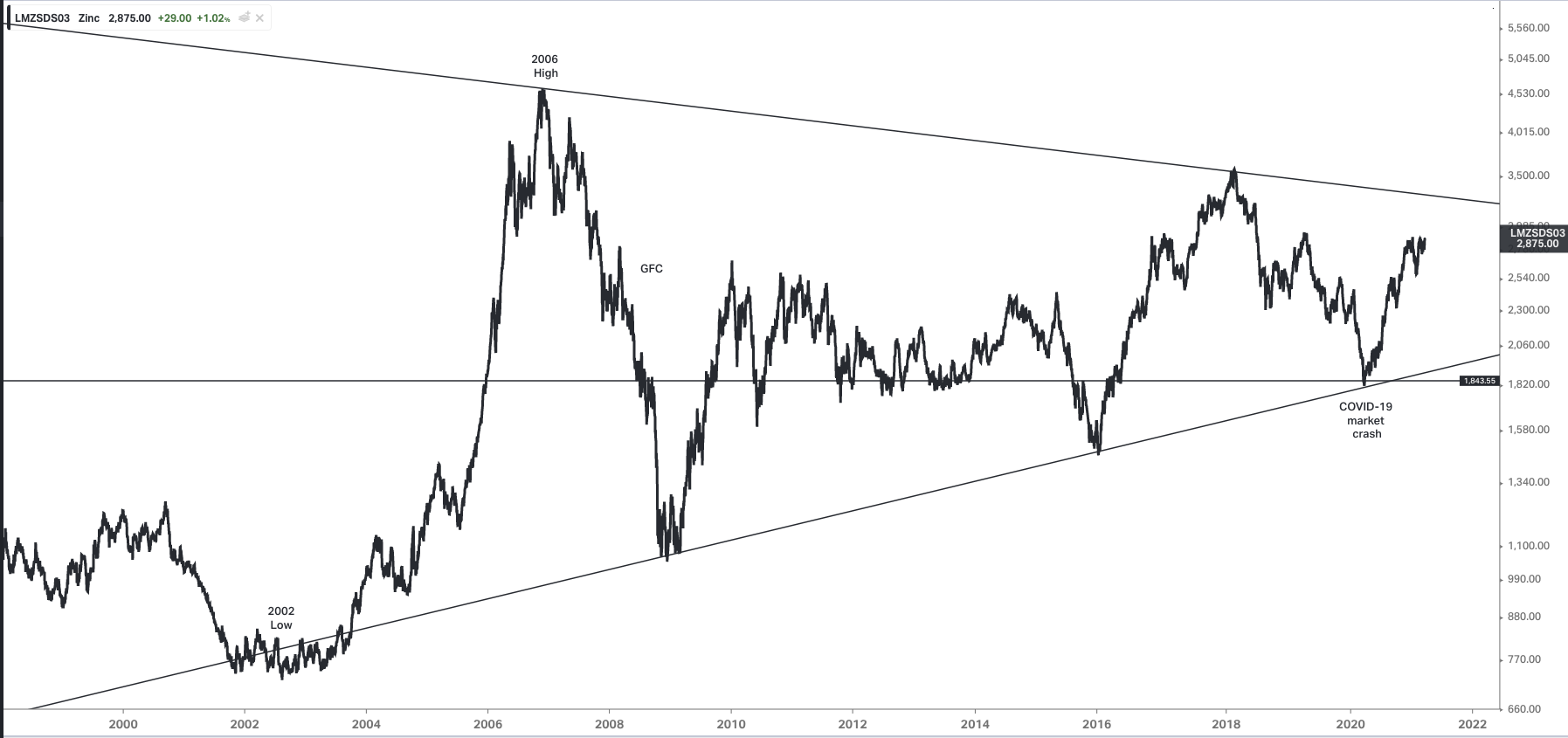

Looking at the price chart $1850-$1910 has proven to be a great level to buy in the past, as it is a 50% retracement from the 2006 highs to the 2002 lows, and during the range between 2010 and 2016 the $1900 level supported. It now looks like the zinc chart is heading higher still to try and at least test the sloping trend line that passes through 2006 to 2018 high and if this impulsive move has demand behind it for more zinc we should elevate to higher highs.
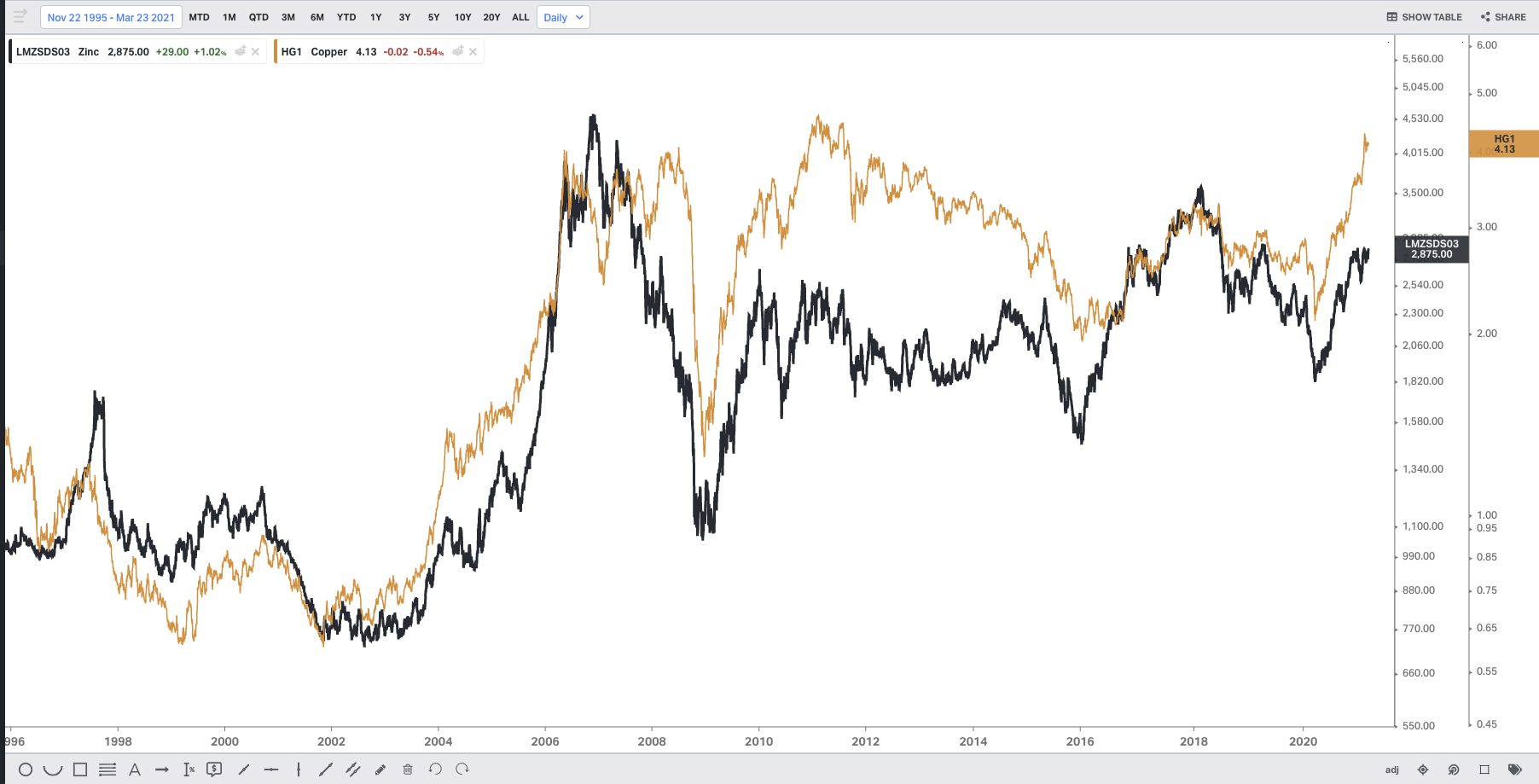

When looking at the correlation and relationship with the copper chart, we can see that zinc is lagging the price action by a fair margin, so the $4000 price level is in play based on that relationship.
See real-time quotes provided by our partner.
As copper has to lead the way in terms of technical analysis, a good guide for possible reversals could be to keep an eye on the daily copper chart and to have a trend following indicator like the Ichimoku cloud on the chart.
Also, looking at the sentiment indicator for copper gives a savvy trader an added confluence to consider when placing a trade. The Daily time period for copper has been very bullish these last 10 months and we are currently in a consolidation period whilst the Bull Trend stays technically intact.
